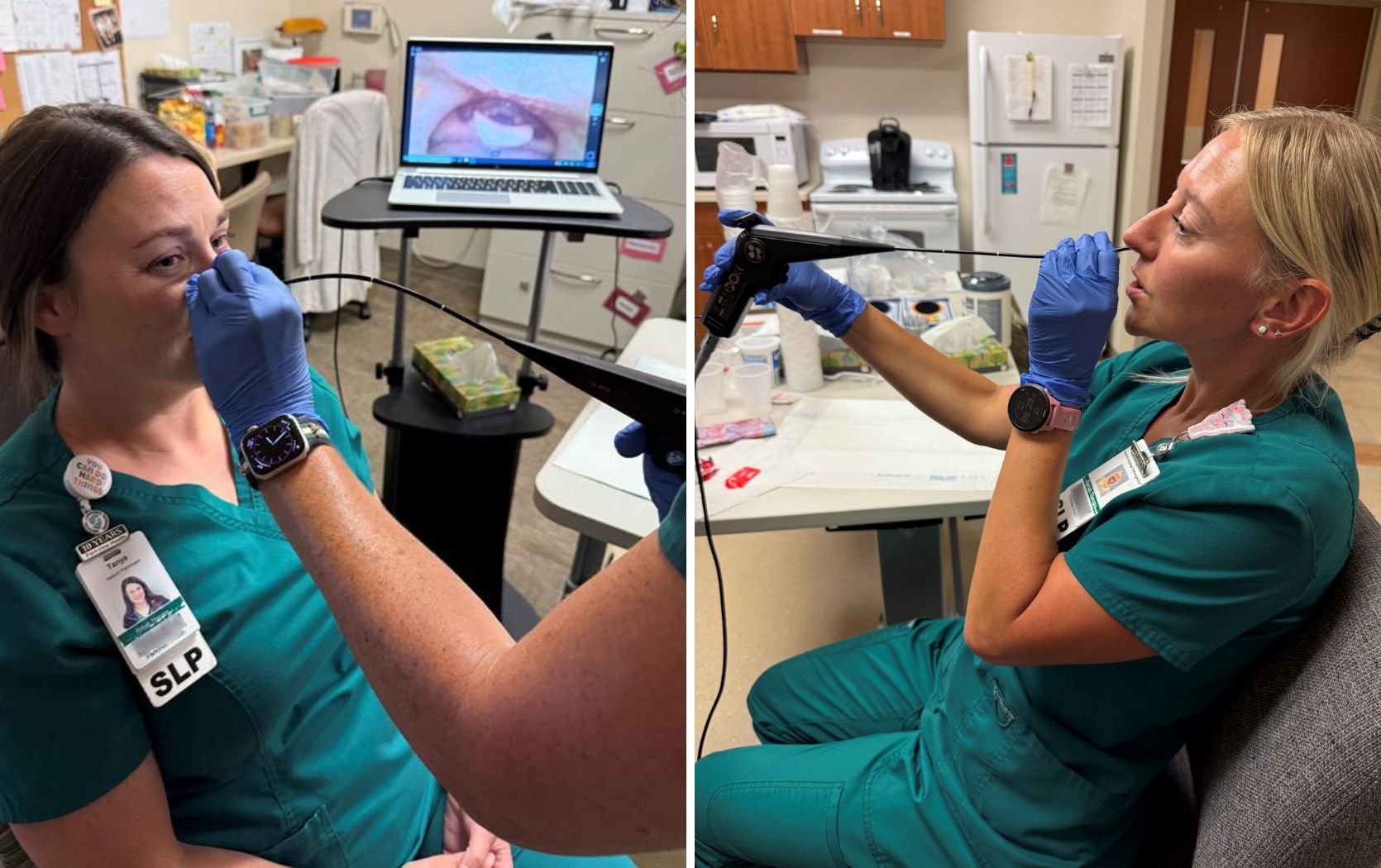
This post was written by Jithmie Jayawickrema, PT, DPT, OCS, and Sean Collins, PT, DPT, COMT, CEAS I, Therapy Services – Southwest, Parkview Health.
Low back pain is one of the leading causes of disability in the United States. Perhaps one of the reasons it’s so prevalent is that it can be triggered by a wide range of factors. The onset of low back pain may come from increased time sitting, lack of sleep or even getting the holiday decorations out of the attic. When you are aware of the signs and symptoms of low back pain, and when to seek help, you can better manage your symptoms and improve your quality of life.
Classifications of low back pain
Low back pain is classified in two ways—acute and chronic. Acute low back pain is when you have symptoms for less than three months. Low back pain is classified as chronic if you have persistent, recurring pain that lasts longer than three months.
What are the risk factors for low back pain?
Common risk factors for developing low back pain include:
- Sedentary lifestyle
- Deconditioning or the inability to keep up with the activities that we want to do on a daily basis
- Poor lifting mechanics
- Stress
- Lack of sleep
What are the symptoms of low back pain?
Those experiencing low back pain might notice:
- Pain into their legs
- Numbness and tingling into the legs
- Pain with lumbar spine movement
When to call your provider
Reach out to your provider if you experience:
- Bowel/bladder changes
- Numbness and tingling in the legs
- Weakness in the legs
- Pain at night
How is low back pain diagnosed?
Your provider will give you a thorough examination including asking if and how you were injured, your signs and symptoms, aggravating factors and relieving factors. This examination will help your provider decide if you require imaging.
Current evidence shows that imaging should be used to rule out a serious underlying condition but not to determine course of treatment. Specifically, research shows that overuse of MRI for patients with low back pain is related to an increased rate of surgical procedures that have not consistently been shown to significantly reduce painful symptoms and improve daily function.
Treatment for low back pain
You will likely be referred to a physical therapist for low back pain treatment. Together with your physical therapist, you’ll create an individualized treatment program. Movement is medicine and studies have shown that early treatment and active rest is more optimal than bed rest for low back pain.
Physical therapy can help your lower back pain in several ways including:
- Manual therapy interventions
- Soft tissue mobilizations
- Joint mobilizations
- Therapeutic exercise
- Specific strength and endurance training to muscle surrounding your spine
- Patient education
- Help the patient understand their current condition
- Discuss strategies to manage low back pain
- Education regarding lifting mechanics
- Safe return to activity
- Activity modification
You can also help treat your lower back pain with lifestyle modifications such as:
- Starting a walking program of 5–10-minute walks daily
- Consistency is key.
- Increase walking time as you can tolerate.
- Avoiding prolonged sitting—not for more than 30 minutes at a time.
- Resistance training to prevent deconditioning.
- Remember that muscle soreness after starting a new program can last 24-48 hours.
- Talk with your physical therapists if your resistance training is reproducing your pain.
How to prevent low back pain
You can help reduce your chances of getting low back pain by leading an active lifestyle that includes a walking regimen or resistance training. Ergonomic training can also help by teaching you how to use proper lifting mechanics and how to avoid overuse injuries.
If you’re looking for guidance on your lower back pain, schedule an appointment with a Parkview physical therapist at any of our locations by calling 260-266-7400. Should you need assistance diagnosing or addressing more advanced back pain, you can schedule orthopedic care in Allen County, by calling Ortho NorthEast at 260-484-8551 or click to request an appointment. To find orthopedic care outside of Allen County, click to view PPG - Orthopedics locations
References
- Current concepts
- Interventions for Acute and Chronic Low Back Pain: Revision 2021 https://www.jospt.org/doi/epdf/10.2519/jospt.2021.0304
- https://www.jospt.org/doi/10.2519/jospt.2012.0503
- https://www.jospt.org/doi/10.2519/jospt.2011.0507
- https://www.jospt.org/doi/10.2519/jospt.2021.0508



